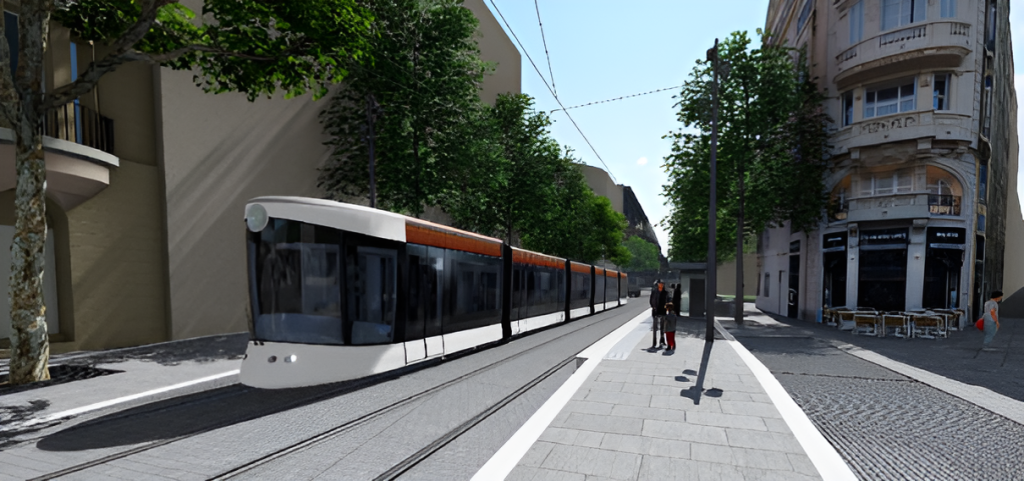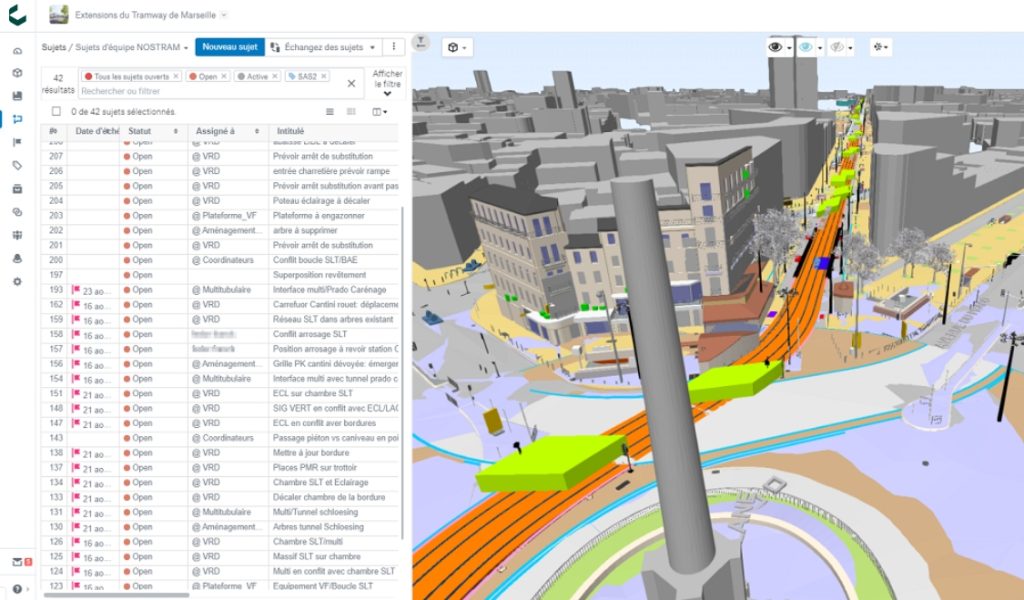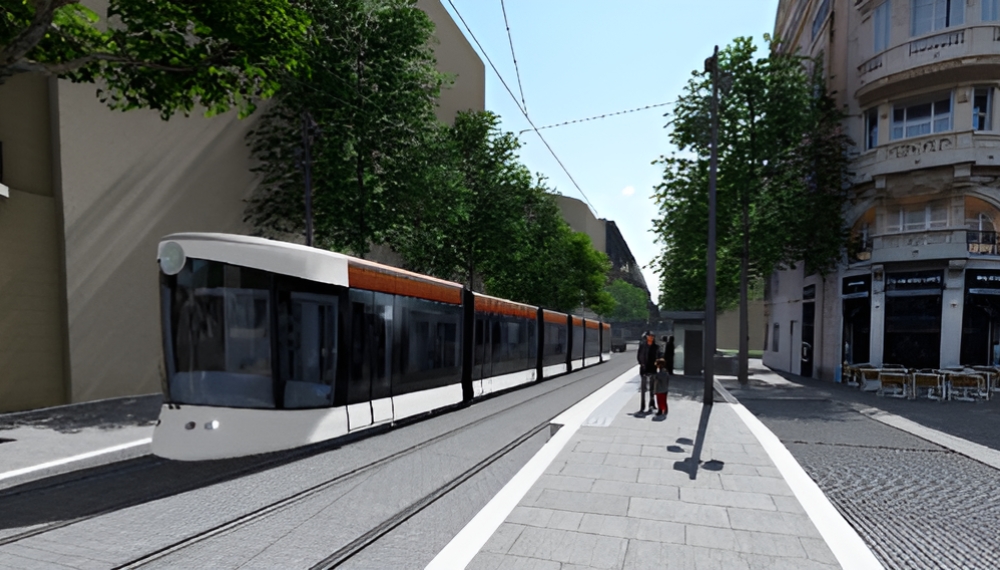Project Brief:
The Marseille tramway extension project in France includes 7 km of new transport infrastructure and a maintenance and storage site. Through the use of Catenda Hub (previously Bimsync), Egis has developed new collaboration practices and technical project reviews focusing on the digital model.
Article by: Nicolas Ferrara and Jérémie Huet from Egis

An important step in the life of an engineering project, the technical reviews are an opportunity for a project management to sift through the various subjects involved in the proper spatial and functional integration of the components of the project. or identify inconsistencies and risk points. These meetings are also a privileged moment to “resynchronize” specialists around the latest evolutions of the project.
In previous projects they experienced that a digital model remained difficult to understand and access for a non-specialist.To be able to consult the model, it was necessary to be familiar with the tools of conception or visualization 3D, to have up-to-date software and to know how to navigate through the multitude of models or objects constituting it. In fact, apart from a few qualified people, very few stakeholders within the project unit were able to work with the model and its content in their daily activity.
This pitfall Egis wanted to avoid on the Marseille project. Introducing the collaboration platform Catenda Hub (previously Bimsync) from Catenda into the project from the very start of the design process, a whole new experience of the digital model was implemented for the project team and its stakeholders.
All aboard the BIM platform!
Thanks to Catenda Hub (previously Bimsync), it has become possible for all the actors, not just the BIM specialists, to navigate the project model and consult its content. All is done from a simple web browser connected to the Internet.
In order to discuss the project there is no need to highlight plans or exchange sketches by e-mail: Catenda Hub (previously Bimsync) is able to support technical conversations centered on objects or specific places of the model and to manage them right through to their closure.
A new form of open points journal
What has this changed? In the first place, the digital model has become the birth point (or extension) of the discussions during the synthesis and project reviews. The possibility to create “post-it notes” inside the model, to discuss around these issues, to assign tasks to the specialists concerned and manage them in a dashboard, has won the support of all the engineers and architects of the team.
Using Catenda Hub (previously Bimsync), the internal analogy is that it is like if the technical journals were accessible 24 hours a day, 7 days a week. Up-to-date versions of the model can easily be consulted by all stakeholders. This enables them to analyze their production with regard to the interfaces with the other teams and submit their remarks online in real time.
“In order to discuss the project, there is no need to highlight plans or exchange sketches by e-mail: Catenda Hub is able to support technical conversations centered on objects or specific places of the model and to manage them right through to their closure.”
Nicolas Ferrara, BIM Manager, Egis
Nearly 370 subjects emerged during maintenance site studies and across the 7 km of infrastructure. This base of topics in Catenda Hub (previously Bimsync), which is similar to a journal of the technical open points of a project, made it possible to focus the project meetings led by the Egis Synthesis Manager on topics that deserved to be discussed verbally, All the while keeping track of decisions made and topics to be studied later.

The model, a catalyst for collective intelligence
In addition, the Marseille experience has demonstrated for the Egis team that with a shared model, the Synthesis Manager was no longer in charge of identifying and solving problems. The access for all to the model allowed to take advantage of the experiences and points of view of each project member, and to utilize the collective intelligence of the team much better.
Finally, complex projects such as the Marseille tram extension mobilize very different specialists, who do not always share the same references. The digital Catenda Hub model does not revolutionize their work as such, but it becomes their joint “frontier object” across the team. An intelligible medium allowing them to understand each other more easily, without any particular effort of translation or explanation.
A more natural collaboration, but not an automatic one
The Marseille tramway project lasted 18 months, and has demonstrated to Egis that the latest BIM platforms made the models available to everyone and facilitated collaboration. Through platforms like Catenda Hub (previously Bimsync), the path is no longer very long for owners and their partners to take direct advantage of the model on a daily basis.
The collaboration around the models may seem natural, but there still needs to be a better interoperability between the various 3D business tools and the organization of the data that in the Egis Marseille tramway project amounted to 130 models. The management of information flows always require, despite everything, a mastery of BIM methodology of exchange and a rigorous follow-up. Because of an integrated BIM competency and practice within the team, the approach was more convincing than it would otherwise have been.




